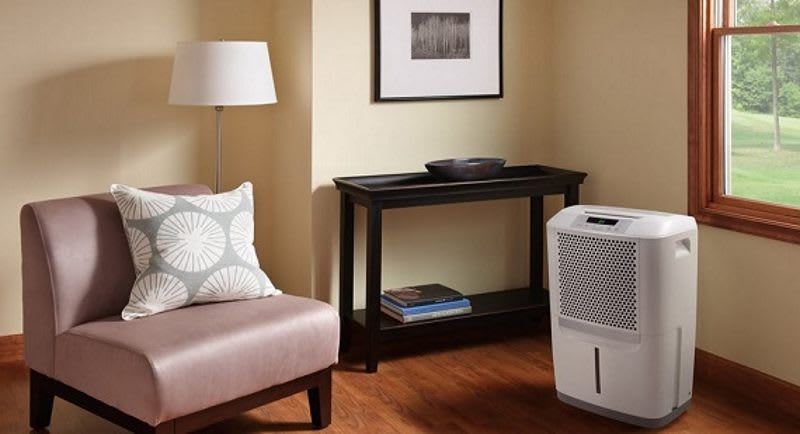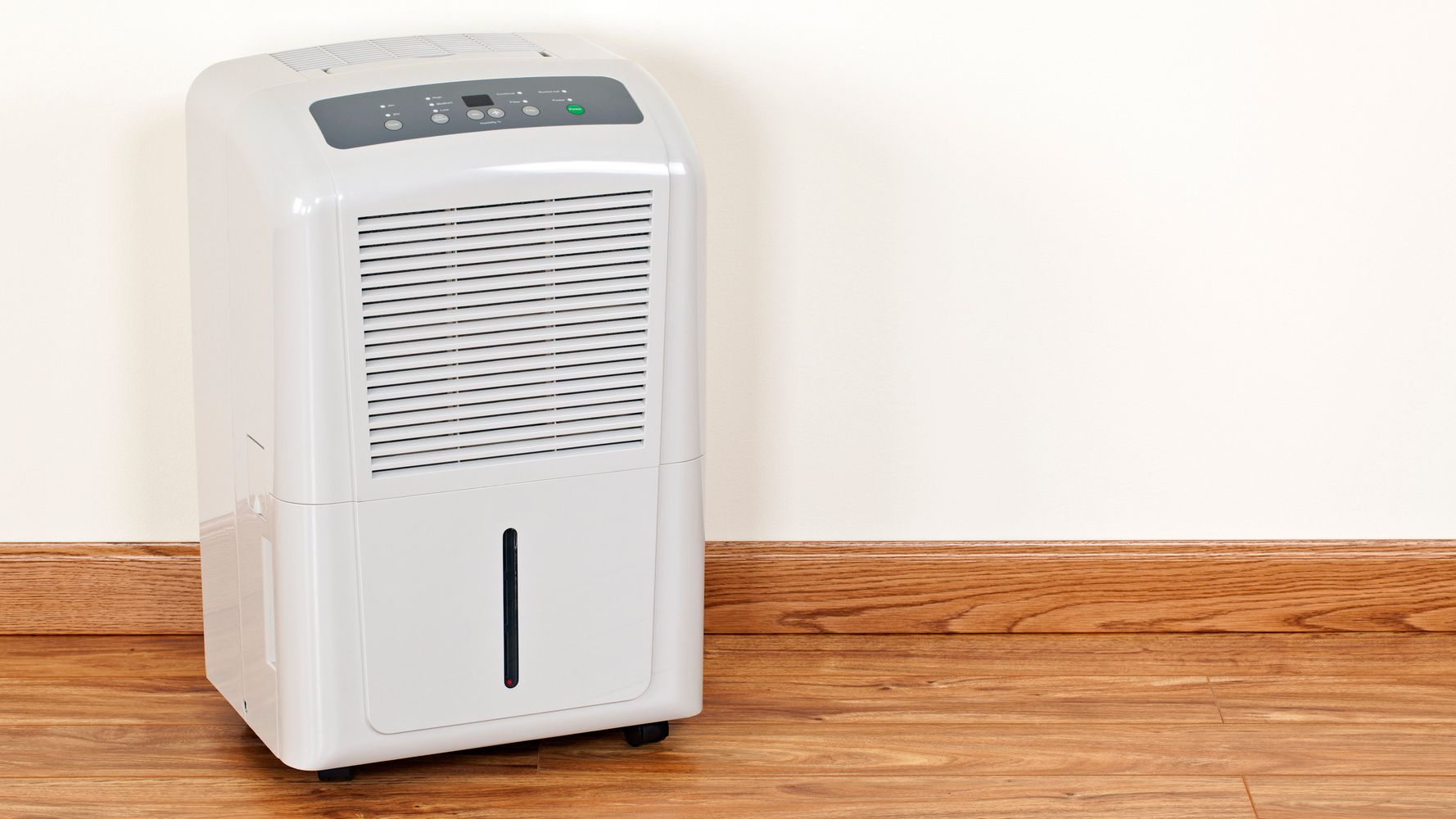The main types of dehumidifiers include:

• Refrigerant dehumidifiers. These are the most common types of dehumidifiers. They use a refrigerant cycle to remove moisture from the air.
Key features include:
› Compressor, condenser, evaporator and expansion valve – Works like an air conditioner to dehumidify.
› Usually more efficient and extract more water than other types. But more expensive.
› Come in many sizes for both whole-house and spot removal use.
• Desiccant dehumidifiers. Use substances like silica gel, lithium chloride or activated alumina to absorb moisture. Features include:
› Typically lower in cost but less efficient and capacity than refrigerant types. Better for small spaces.
› Require replacement of desiccant material every few years to maintain performance.
› No compressor so they tend to be quieter, but can be more maintenance-intensive.
• Condensation dehumidifiers. Use a condensing coil to convert water vapor in the air into liquid water that is collected. Key points:
› Reliance on low air temperatures prevents full efficiency. Require a cooler to operate.
› Very simple in design but also tend to be relatively high-maintenance with plugged condensing coils.
• Electrode(ionizing) dehumidifiers. Use high-voltage electrodes to convert water vapor into hydroxide ions to remove moisture. Features include:
› Little maintenance since no moving parts but higher upfront costs.
› Slower to remove large volumes of moisture so better suited to spot removal than whole-house use.
› Relies on an ionizing process so requires an air filter which adds to costs.
› Can be more energy efficient than refrigerant types with lower operational costs.
• Other factors to consider include:
› Capacity – How much moisture it can remove in square feet or pints per day. More capacity for whole-house, less for spot use.
› Energy efficiency – Lower cost to run and more eco-friendly. Look for higher AFUE or EER ratings.
› Controls – Manual on/off or automatic controls that adjust based on humidity. Automatic controls tend to be more convenient and efficient.
› Appearance – Window air conditioner style, freestanding cabinet, compact under-sink model, etc. Choose based on your needs and space.
› Noise level – Operationally quieter models available, especially important for bedrooms and home theatres. Decibel ratings can indicate noise potential.




No comment